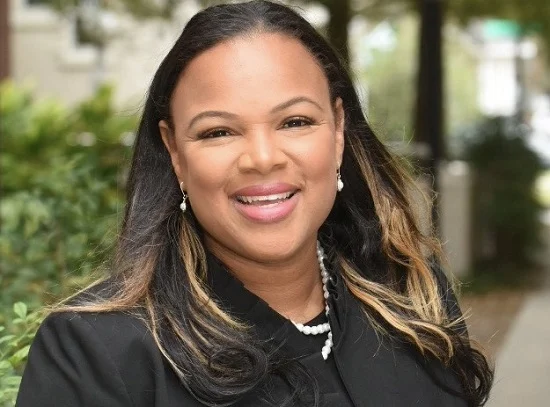OPINION: Banks make the most of their balance sheets with total return futures
13th June, 2025|Paul Woolman, global head of equity products at CME Group

By Paul Woolman, global head of equity products at CME Group
Volatility and volume have pushed banks and traders to seek capital which has, in turn, increased demand for balance sheet efficient contracts.
Markets have been extremely volatile these last few months. Even before the tariff induced trading sessions, activity across most asset classes was elevated. This has propelled many of the bulge-bracket banks to record trading revenues in both the last quarter of 2024 and the first three months of this year.
Major investment banks such as JP Morgan and Goldman Sachs have highlighted equities trading as a major revenue earner. Within that, equity derivatives, such as adjusted interest rate total return futures (AIR TRFs), have seen surging demand.
AIR TRFs, which are an exchange-traded alternative to total return swaps (TRS), allow investors to gain exposure to any income generated from the underlying asset such as dividend payouts and value appreciation by paying a funding spread.
Their use steadily increased during 2024 but activity skyrocketed in December and has flowed through into 2025. Second quarter 2025 data shows that average daily volume has grown to 26,000 contracts, up 87% on the prior year (see chart 1).
Chart 1

Source: CME Group
Since the 2008 financial crisis, a combination of regulatory rules has pushed activity away from the more bespoke and opaque over-the-counter (OTC) market to capital efficient, standardised and transparent exchange-traded venues.
With a similar investment profile to a TRS, TRFs have the distinct advantage of being more capital-efficient than their OTC swap counterparts. The transparency, liquidity and broad participation in centrally executed and cleared futures enable more efficient margining for the AIR TRF - typical margin levels range between 30-40% of margin required in the bilateral OTC space.
Margin savings vary based on market conditions and the specific portfolio, but can reach up to 95% compared to benchmark equity index futures, due to their strong correlations.
The capital efficiency of the TRFs has proven to be popular with both the banks who finance these contracts and the buy-side firms who use it to gain exposure.
Open interest (OI), a measure of investors staying in the market, has boomed in these products. The first three months of 2025 saw record average OI of $220 billion (£162bn), a 42% increase over the same period last year.
TRFs based on the S&P 500 remain the most popular but contracts tracking the other major indices have begun to take off. In the first quarter, record daily volume was also set in TRFs referencing the Nasdaq 100, Russell 2000 and Dow Jones Industrial Average indexes.
Listed products have also had the knock-on effect of democratising access to the marketplace. An OTC TRS requires a greater level of documentation compared to an exchange-traded TRF. Combined with the benefits of clearing, TRFs are undergoing a period of exponential growth in liquidity, fueled by a widening investor base.
Balancing the balance sheet
TRFs have become an outlet for non-traditional equity financing counterparties to participate in the traditionally opaque market.
Market participants are using the product tactically, deploying balance sheets to earn the financing spread and taking a position on financing in a more capital-efficient format.
CME Group recently added electronic calendar spread trading on the CME Globex matching engine. This allows traders to gain exposure to financing levels between two expiries in a single trade. Previously, an investor would have to trade two outright contracts, one long and one short order with different expiries. Now this strategy can be executed electronically without leg risk.
With banks facing capital constraints and volatility on the rise, TRFs have benefited from growing demand on both sides of the trade.
The TRF market now has a diverse set of buy-side participants including, traditional asset managers, multi-strat hedge funds, relative value hedge funds and index arbitrage traders.
Traditionally, the funding leg of TRFs is based on the Effective Fed Funds Rate (EFFR) - the unsecured lending rate between banks - but the diversity of market participants has created demand to mimic these contracts using SOFR, a secured lending rate.
Tight financing for contracts expiring in January 2025 saw funding spreads move above 150 basis points over EFFR.
It can often be the case that banks shift balance sheets between their different units depending on market conditions. And so when volatility is high, banks may deploy more into trading.
With a wide funding spread, there's an opportunity for cash-rich firms to offer balance sheet support to the market - an attractive proposition given the healthy premium over market lending rates, with a reduced risk profile.
As volatility and uncertainty remain elevated, banks need to deploy their balance sheets tactically, but regardless of where they choose to deploy it, both they and buy-side firms will be looking for the most capital and balance sheet-efficient contracts.


